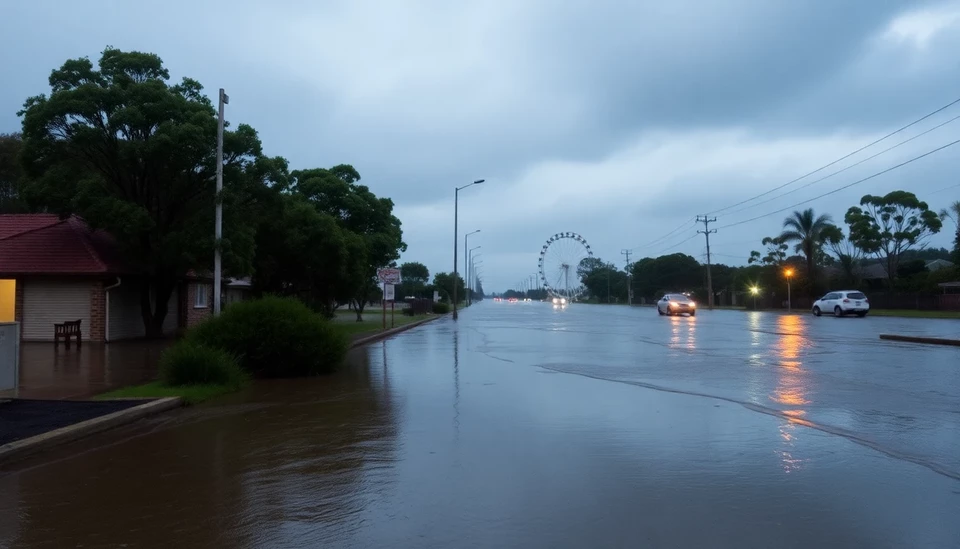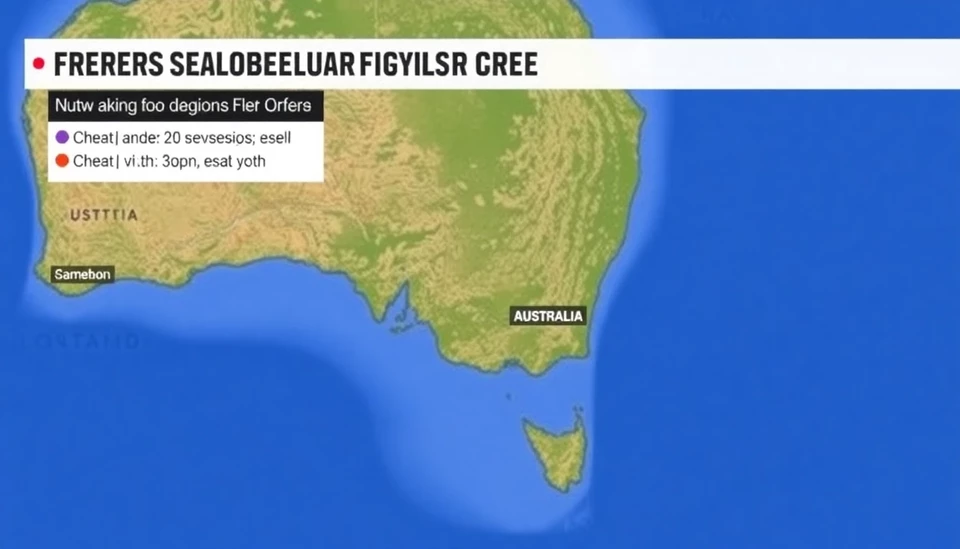
In a catastrophic turn of events, parts of Australia’s Outback are facing unprecedented flooding caused by relentless storms that have delivered an extraordinary amount of rainfall—equivalent to a full year’s worth—in less than a week. The extreme weather has prompted emergency warnings, leading to mass evacuations and significant disruptions across the region.
The torrential rains began on March 25, 2025, leading to flash floods that overwhelmed drainage systems and inundated towns, roads, and critical infrastructure. Communities that typically experience dry conditions are now grappling with rising water levels that have turned streets into rivers. The suddenness and severity of this natural disaster have left many residents in shock as they witness their homes and properties submerged.
Local residents described the scenes as apocalyptic, with water rising rapidly and forcing individuals to seek higher ground. Emergency responders, equipped with boats and helicopters, are conducting rescue operations, helping those trapped in flooded areas. The Australian government has declared a state of emergency, enabling the release of critical resources and funding to aid in recovery efforts.
Officials have reported significant damage to homes and businesses, with many residents losing everything in just a matter of days. Power outages are widespread, and efforts to restore electricity are hampered by hazardous conditions. Initially dry riverbeds have transformed into raging torrents, making it unsafe for residents to navigate their neighborhoods.
The meteorological agency has warned that more severe weather is expected in the coming days, which could exacerbate the already critical situation. An estimated two feet of rain have fallen in some areas, shattering previous records and raising concerns about the long-term impact on local ecology and the economy.
In response to the disaster, local and federal agencies are working collaboratively to provide necessary aid, including food, shelter, and medical assistance to those affected by the floods. Temporary shelters have been established, but an influx of displaced residents has put a strain on available resources. Community leaders are calling for donations and support to assist with recovery efforts as the situation develops.
This climatic event emphasizes the growing concerns over climate change and its effects on Australia's weather patterns. Experts advise that such extreme weather phenomena may become more frequent as global temperatures rise. The implications of this disaster are not just immediate but could have long-lasting repercussions for the affected communities, from economic disruption to shifts in population dynamics.
As rescue and recovery efforts continue, the resilience of the affected communities is being tested. The ongoing commitment from both the government and the local population will be crucial in facing the aftermath of what has been described as one of the most devastating natural disasters in recent Australian history.
For updates on the situation, residents are advised to stay tuned to local news outlets and follow emergency guidelines provided by authorities.
#AustraliaFloods #NaturalDisaster #ExtremeWeather #Outback #ClimateChange #EmergencyResponse #CommunitySupport #Resilience
Author: Sophie Bennett

